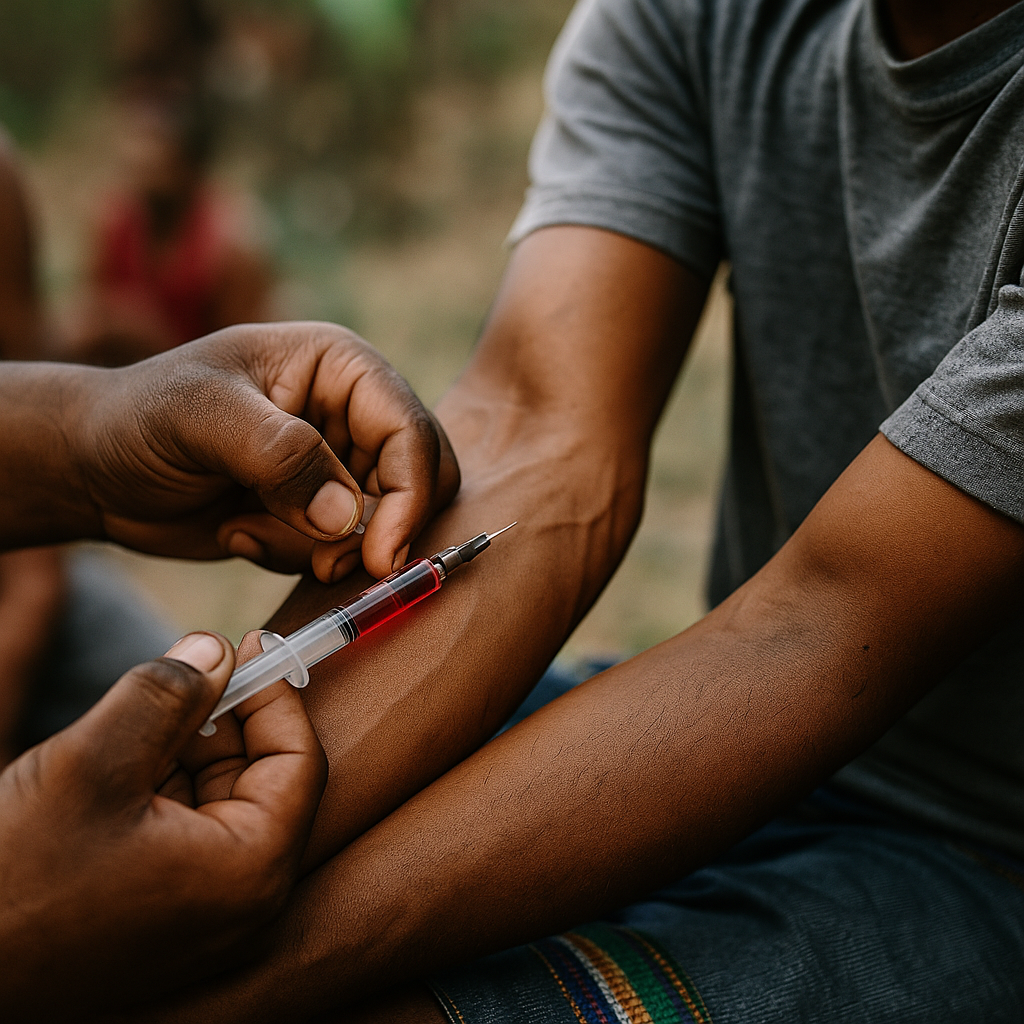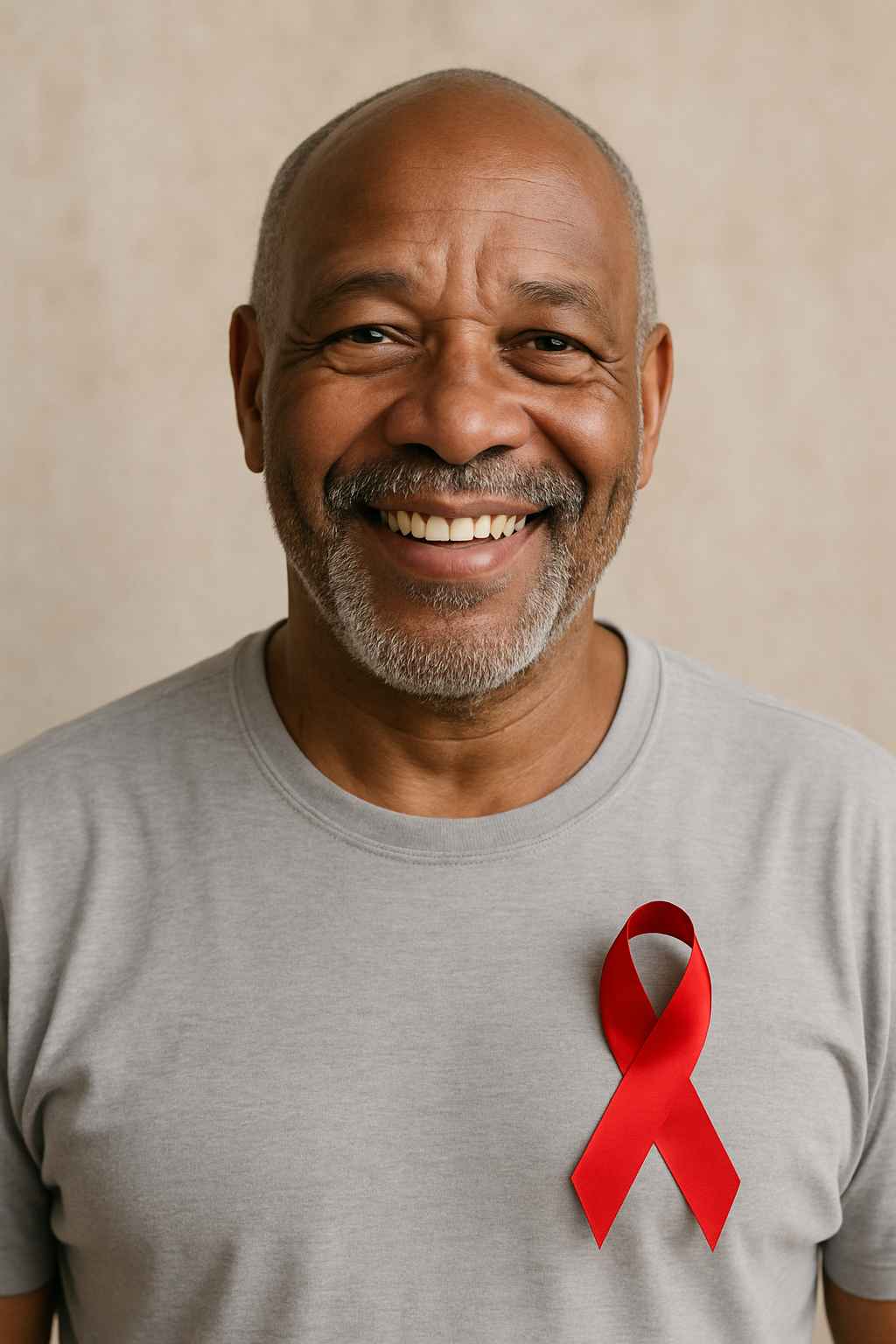
Introduction
In the fight against HIV, prevention has become just as vital as treatment. Thanks to modern medicine, a variety of HIV prevention drugs are now available, offering protection for people at risk. Whether you are considering pre-exposure prophylaxis (PrEP), post-exposure prophylaxis (PEP), or newer long-acting injectables, the options continue to expand with each passing year.
But which drug is right for which situation? And how can individuals and healthcare providers work together to create personalized prevention plans? In this article, we’ll break down the most effective medications, their uses, and what patients need to know in 2025.
Table of Contents.
- What Are HIV Prevention Drugs?
- Understanding PrEP: Pre-Exposure Prophylaxis
- PEP: Post-Exposure Prophylaxis After Potential Contact
- Emerging Options and Long-Acting Injectable Drugs
- Conclusion & FAQs
What Are HIV Prevention Drugs?
HIV prevention drugs are medications designed to reduce the risk of acquiring HIV. While antiretroviral therapy (ART) is used to treat those already living with HIV, prevention drugs are geared toward those who are HIV-negative but at risk due to sexual activity, needle sharing, or occupational exposure.
Prevention drugs work by interfering with the virus’s ability to replicate if it enters the body. These medications are not vaccines, nor are they 100% foolproof. However, when taken as directed, they are highly effective.
The use of HIV prevention drugs has grown dramatically in the past decade. Public health campaigns, clinical guidelines, and increasing awareness have helped normalize their use, especially in high-risk populations.
Understanding PrEP: Pre-Exposure Prophylaxis
Pre-Exposure Prophylaxis (PrEP) is one of the most well-known HIV prevention strategies. It involves taking a medication regularly to prevent HIV before any possible exposure.
Leading PrEP Medications
- Truvada (emtricitabine/tenofovir disoproxil fumarate)
Approved for all genders, Truvada has been a staple in HIV prevention since 2012. It’s taken once daily and is highly effective when used consistently. - Descovy (emtricitabine/tenofovir alafenamide)
A newer PrEP option, Descovy is approved for cisgender men and transgender women. While it shares similarities with Truvada, it may have fewer side effects related to bone density and kidney function. - Apretude (cabotegravir extended-release injectable suspension)
Approved in recent years, Apretude is the first long-acting injectable PrEP. Administered every two months, it’s ideal for individuals who struggle with daily pills or prefer a more discreet option.
Clinical trials have shown that when used correctly, PrEP reduces the risk of acquiring HIV from sex by about 99% and from injection drug use by at least 74%. However, adherence is key. Missed doses reduce effectiveness significantly, especially for oral options.
Healthcare providers should routinely test patients for HIV, STIs, and renal function before initiating PrEP. Additionally, PrEP is best paired with regular sexual health education and risk-reduction counseling.
For those seeking personalized guidance, Healthcare.pro provides access to experienced clinicians familiar with HIV prevention strategies.
PEP: Post-Exposure Prophylaxis After Potential Contact
Post-Exposure Prophylaxis (PEP) is a short-term treatment started after a potential exposure to HIV. Unlike PrEP, which is taken consistently, PEP is used in emergency situations—such as condom breakage, sexual assault, or occupational needle-stick injuries.
PEP should be started within 72 hours of exposure. The sooner it begins, the better the outcome. Treatment involves a 28-day course of antiretroviral drugs, typically including:
- Truvada + Tivicay (dolutegravir)
- Or Truvada + Isentress (raltegravir)
These combinations are selected for their potency and tolerability. While side effects such as nausea or fatigue are possible, they tend to be manageable.
To maximize success, patients must take the full course exactly as prescribed. They should also undergo follow-up testing at 4–6 weeks, 3 months, and sometimes 6 months post-exposure.
Clinicians should educate patients that PEP is not a replacement for ongoing prevention, especially in individuals who face repeated exposures. In such cases, transitioning to PrEP is often recommended.
Visit Health.HealingWell.com for ongoing updates and resources on prevention and testing options.
Emerging Options and Long-Acting Injectable Drugs
As we look ahead in 2025, the HIV prevention landscape is more promising than ever. The arrival of long-acting injectable HIV prevention drugs is a major shift in how care is delivered.
Apretude (cabotegravir) is currently the frontrunner in this category. Administered once every two months, it offers an alternative to the daily pill burden. According to the HPTN 083 and HPTN 084 studies, Apretude was even more effective than daily oral PrEP in preventing HIV infection in high-risk populations.
Long-acting options offer benefits such as:
- Improved adherence (less room for missed doses)
- Increased discretion (no pill bottles or daily reminders)
- Greater flexibility for people with chaotic lifestyles or mental health challenges
On the horizon, scientists are exploring:
- Implantable devices that deliver slow-release PrEP over 6–12 months
- Monthly oral medications
- Broadly neutralizing antibodies (bNAbs) as preventive treatments
These innovations promise to make HIV prevention more accessible, personalized, and stigma-free.
Furthermore, prevention efforts are being integrated into broader sexual health services, reducing isolation and improving patient outcomes. However, accessibility remains a concern. Disparities in healthcare access continue to limit PrEP uptake in communities of color, transgender populations, and low-income regions.
Conclusion
HIV prevention drugs have revolutionized the landscape of sexual health and public health. From daily oral PrEP to emergency PEP and cutting-edge injectables, options are increasingly personalized, effective, and adaptable.
But no medication works in a vacuum. Education, adherence, regular testing, and clinician support are all essential components of a successful prevention strategy. As we move forward, continued innovation and greater healthcare equity will be key in reducing new HIV infections.
By understanding the tools available, clinicians and patients alike can work together to build a safer, more informed future.
FAQs
What is the most effective HIV prevention drug?
Apretude (injectable PrEP) and daily oral PrEP options like Truvada and Descovy are among the most effective, with up to 99% reduction in HIV risk when used correctly.
Can I take PrEP only when I think I’m at risk?
PrEP should be taken consistently to maintain protective levels in the body. However, event-based PrEP (on-demand) may be considered in some cases under medical supervision.
Is PEP effective after unprotected sex?
Yes, if started within 72 hours of potential exposure and taken for 28 days. The sooner PEP is started, the better the results.
Do HIV prevention drugs cause serious side effects?
Most people tolerate them well. Common side effects include mild nausea or fatigue, but these often resolve within the first week.
Where can I find a doctor who prescribes PrEP or PEP?
You can use Healthcare.pro to find providers near you with experience in HIV prevention care.
Disclaimer:
“This content is not medical advice. For any health issues, always consult a healthcare professional. In an emergency, call 911 or your local emergency services.”



